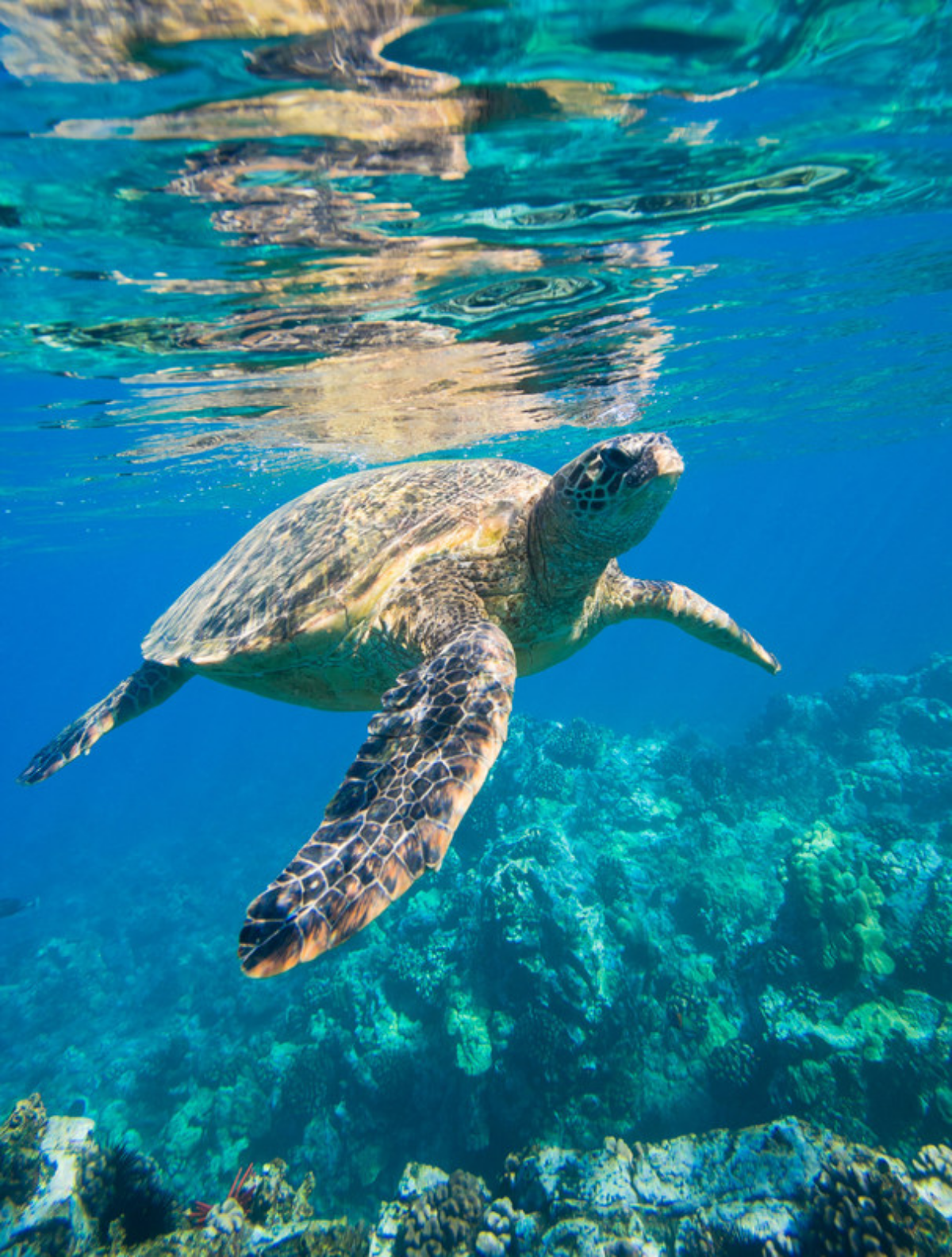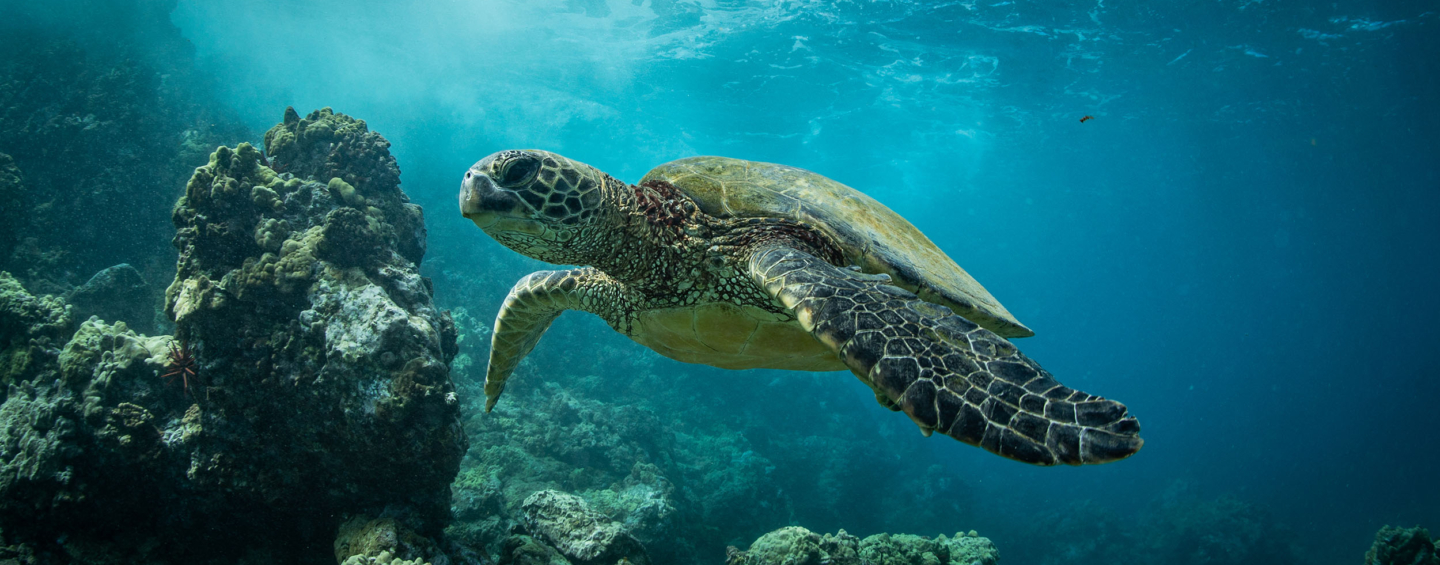Key Takeaways
- Turtle excluder devices (TEDs) prevent the catch of sea turtles.
- Fishery improvement projects increased compliance with government rules to reduce bycatch.
- Retail and supply chain pressure can drive on-the-water change.
Five fishery improvement projects (FIPs) in the US Gulf of Mexico shrimp fisheries are significantly reducing the number of sea turtles caught as bycatch. These FIPs cover more than 99 percent of the US Gulf of Mexico shrimp harvest.
Reducing threats to sea turtles
Sea turtles can get caught and killed in the long, tubular nets used to catch shrimp. But a simple solution, properly installed turtle excluder devices (TEDs), allows turtles to escape.
Improving fishing practices through FIPs
Although US regulations mandated the use of TEDs, many shrimp nets had improperly installed or damaged TEDs that prevented turtles from escaping.
To address this challenge, beginning in 2013, the five FIPs adopted provisions for shrimpers to conduct proactive gear inspections of their TEDs, to catch and fix problems and ensure the devices are working effectively.
These gear inspections are still ongoing and have generated a high degree of compliance with TED use. Recent reviews show that they have been highly effective in protecting sea turtles.
Driving environmental change through the supply chain
The US National Oceanic and Atmospheric Administration (NOAA) has tracked the shrimp fleet’s compliance with TED regulations for years, and offered free “courtesy checks” by NOAA inspectors. But shrimpers were often mistrustful of these inspectors, and rarely made such requests.
With the new FIP requirements, however, requests from shrimp buyers led many more vessels to overcome those suspicions and reach out to NOAA inspectors.


